Introduction to Digital Convergence and Advertising
Definition of digital convergence
Digital convergence refers to the merging various technologies and platforms into a single digital environment. This convergence allows for the seamless integration of different forms of media, such as television, the internet, and mobile devices, creating new opportunities for advertisers to reach a wider audience.
In This Article
With the rise of digital convergence, traditional boundaries between media channels have blurred, leading to new ways for brands to connect with consumers.
Evolution of Advertising in the Digital Age
Rapid technological advancements and consumer behavior have shaped the evolution of advertising in the digital age. Digital advertising strategies have supplemented and occasionally replaced traditional forms of advertising, like print and television ads.
This shift has forced advertisers to adapt to the new digital landscape by utilizing data analytics, social media, and personalized targeting to engage with consumers more meaningfully.
As a result, digital advertising has become more interactive, personalized, and measurable, allowing brands to connect with their target audience in real time and track the effectiveness of their campaigns.
The Changing Landscape of Advertising
Shift from traditional to digital advertising platforms
The advertising industry has seen a significant shift from traditional forms of advertising, such as print, radio, and television, to digital advertising platforms. The rise of social media platforms and increased use of the internet and mobile devices have all contributed to this shift.
Digital advertising offers greater reach and targeting capabilities, allowing advertisers to reach their target audience more effectively. Additionally, digital advertising provides more interactive and engaging content opportunities, making it more appealing to consumers.
Integration of multiple media channels for advertising campaigns
In today’s advertising world, relying on a single advertising channel is insufficient. Advertisers are now integrating multiple media channels into their advertising campaigns, including social media, email marketing, search engine optimization, and influencer partnerships.


This approach enables advertisers to connect with customers through various touchpoints, creating a consistent brand experience across different platforms. By incorporating multiple media channels, advertisers can expand their reach and engagement with their intended audience, resulting in more effective advertising campaigns.
Targeting and Personalization
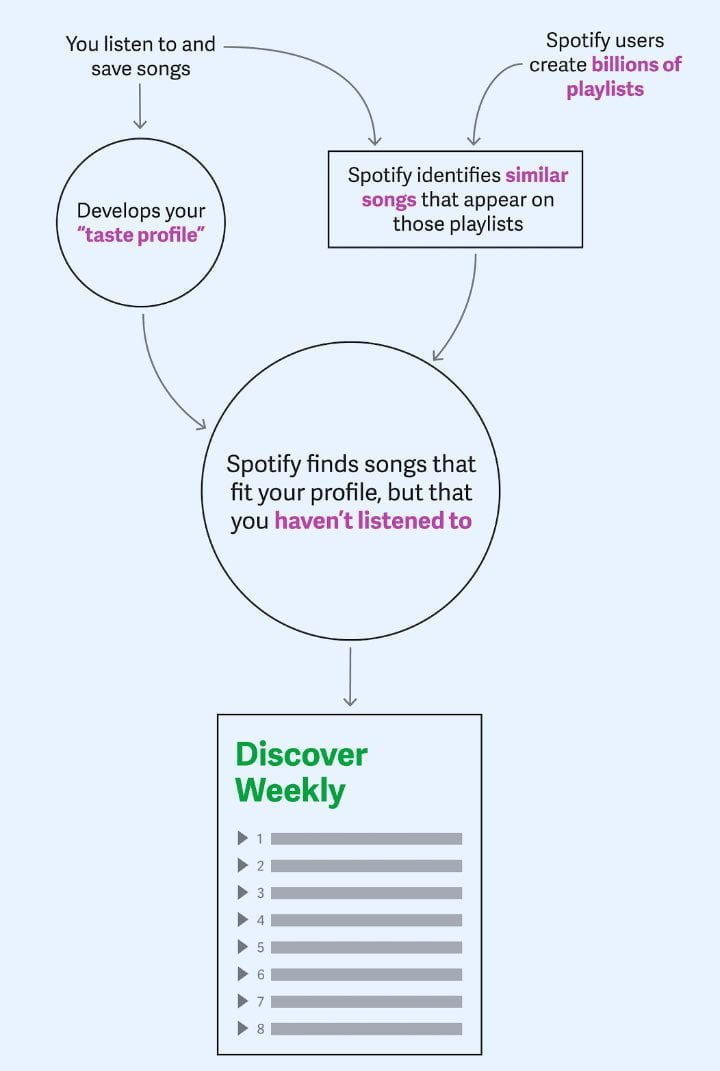

Utilization of Data Analytics for Targeted Advertising
Targeted advertising is a process that uses data analysis to identify specific groups of people who are more likely to be interested in a particular product or service.
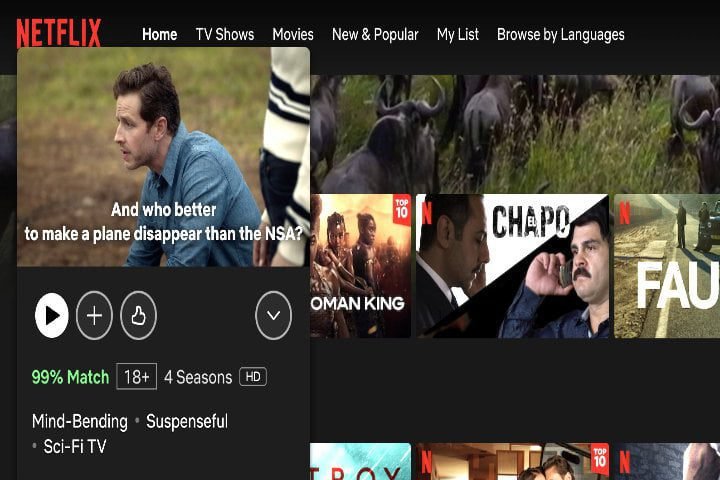

Companies achieve this by analyzing demographic, geographic, and behavioral data. As a result, companies can customize their advertising strategies to reach the right audience at the right time.
This approach enhances the effectiveness of marketing campaigns while reducing waste by ensuring that ads are only shown to those most likely to convert.
Personalized Advertising Based on User Preferences and Behavior
Personalized advertising goes beyond simple targeting and uses individual user data to deliver highly relevant and customized ads. Companies can create personalized marketing messages that resonate with each individual by keeping track of user preferences, behavior, and interactions with a brand.


This enhances the user experience and boosts the likelihood of conversion as users are more likely to engage with ads tailored to their specific interests and needs.
Enhanced Engagement and Interactivity
Interactive ad formats
One effective way to improve consumer engagement is by utilizing interactive ad formats like videos, quizzes, and polls. These formats enable consumers to participate rather than passively consume the content.
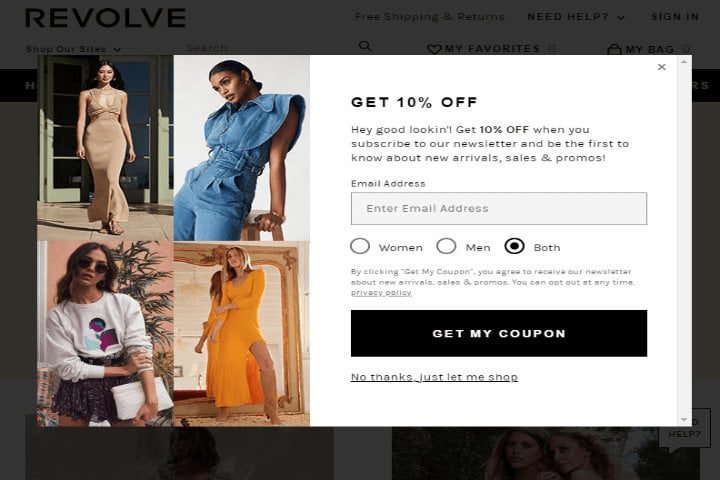

For instance, a video ad that prompts viewers to click on different options to choose the outcome can be more engaging than a traditional static ad. Similarly, quizzes and polls can help gather valuable consumer preferences and behavioral data, while providing users with an interactive and entertaining experience.
Social media platforms
One effective way to improve consumer engagement is by using social media platforms. With billions of users worldwide, social media provides a powerful tool for businesses to connect with their consumers and build relationships with them.
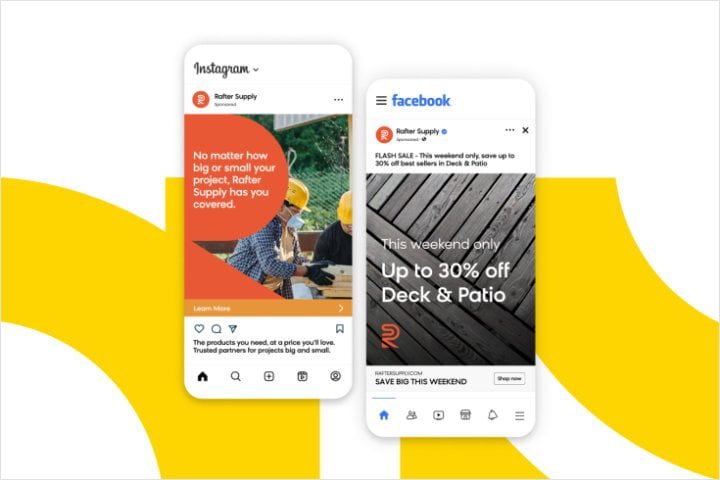

Brands can interact with consumers through various means, such as posts, stories, live videos, and direct messaging. By actively participating in conversations, responding to comments, and sharing user-generated content, brands can create a loyal following and establish a sense of community around their products or services.
Social media also enables businesses to receive real-time feedback and interact with consumers, allowing them to adapt to consumer preferences and trends quickly.
Measurement and Analytics
Tracking and analyzing the effectiveness of digital advertising campaigns
Measurement and analytics are essential for determining the effectiveness of digital advertising campaigns. By tracking important metrics such as click-through rates, conversion rates, and return on investment, marketers can gain valuable insights into the performance of their campaigns.
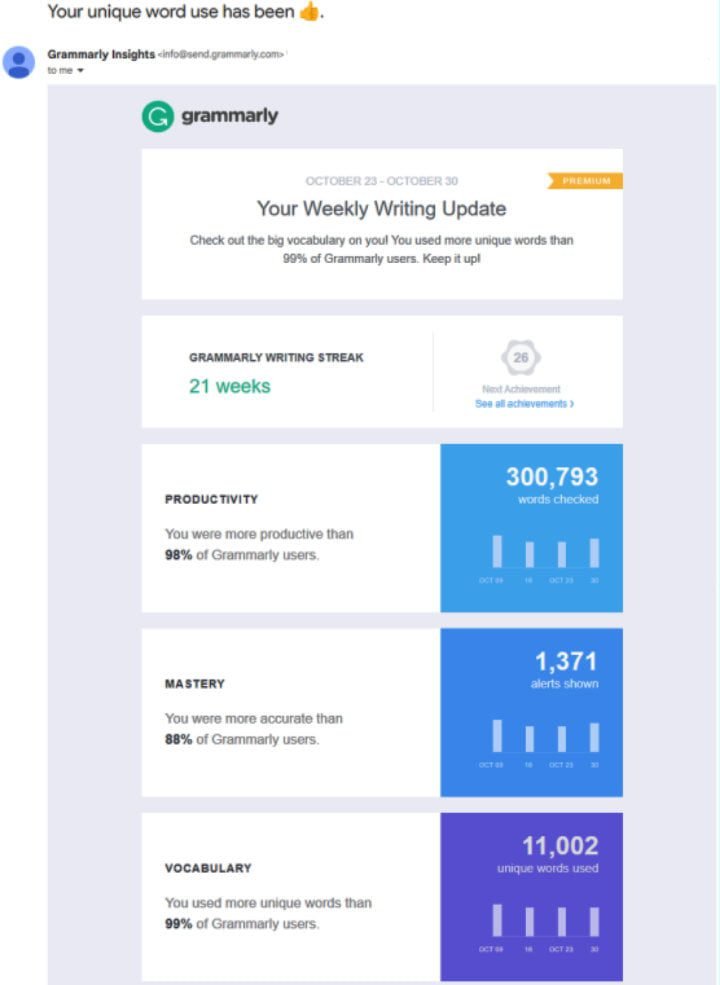

By analyzing this data, marketers can identify which strategies are successful and which need adjustment. This information helps them decide where to allocate their advertising budget for maximum impact.
Real-time data insights for optimizing advertising strategies
One of the main advantages of measuring and analytics in digital advertising is the ability to access real-time data insights. This means that marketers can observe how their ad campaigns perform in real time and make the necessary adjustments to optimize their marketing strategies.


For instance, if a particular ad is not performing well, marketers can swiftly identify this and make changes to enhance its effectiveness. Marketers can use real-time data insights to ensure that their advertising strategies are consistently optimized for maximum impact and return on investment.
Future Trends and Challenges
Emerging technologies shaping the future of advertising
The advertising industry is a dynamic field that is constantly evolving, and emerging technologies play a significant role in shaping its future. Technologies such as artificial intelligence and virtual and augmented reality revolutionize how advertisers connect with consumers.


AI-powered algorithms are used to personalize ad content and target specific audiences more effectively. Virtual and augmented reality provide consumers with immersive experiences, enabling them to interact with products and services in new and exciting ways.
Addressing privacy concerns and regulations in the digital advertising industry
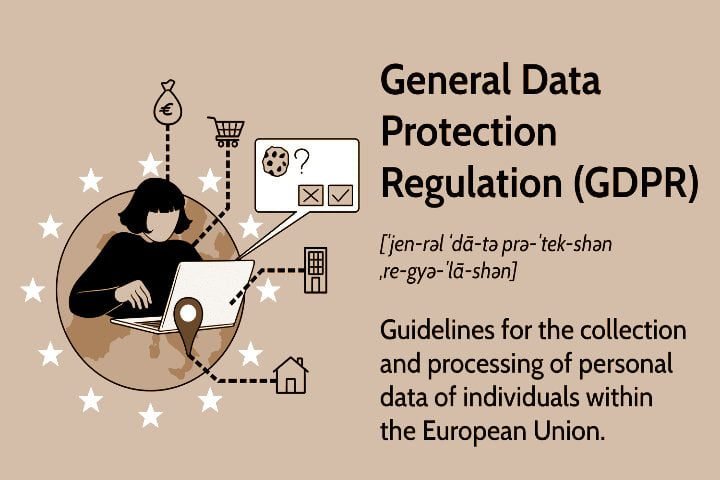

Digital advertisers have faced significant challenges in recent years due to privacy concerns and regulations. The implementation of GDPR and other data privacy laws now requires advertisers to obtain explicit consent from users before collecting their personal information for targeted advertising.
This has led to a need for advertisers to reconsider their strategies and come up with new ways to reach audiences without compromising privacy. Advertisers must now be transparent about collecting and using data and offer users the option to opt out of targeted advertising.
By addressing these concerns and complying with regulations, advertisers can establish trust with consumers and ensure the long-term success of their campaigns.
The CUET UG 2024 Mass Media and Communication syllabus under the Advertising section contains this topic.




